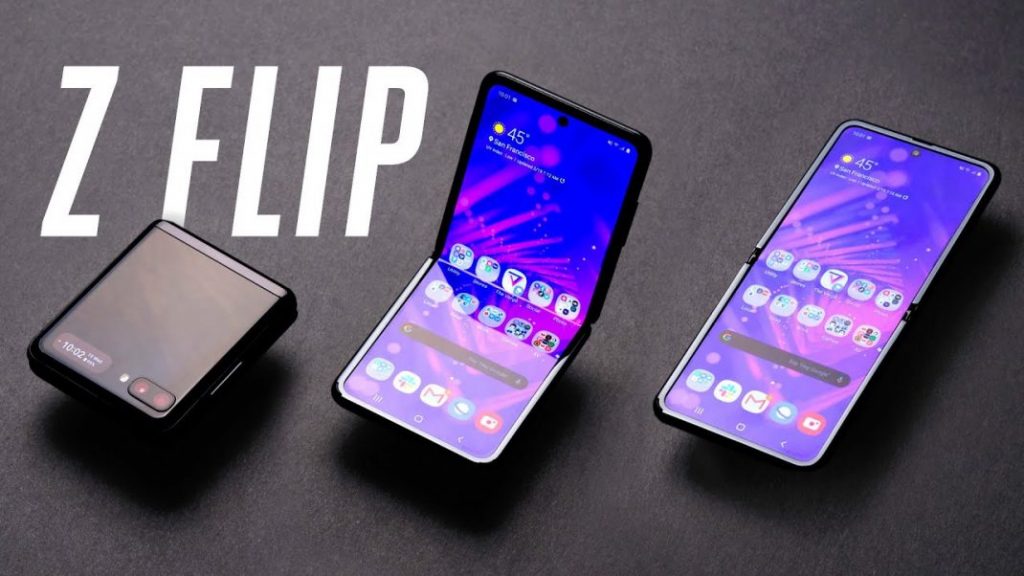TikTok is Back Online After Trump Pledged to Restore It
TikTok is Back Online After Trump Pledged to Restore It In a move that has reignited discussions about technology, geopolitics, and social media regulation, TikTok is back online after former President Donald Trump pledged to restore the platform. The development has sparked a wave of reactions from users, policymakers, and tech analysts, highlighting TikTok’s unique place in the cultural and political landscape. Let’s dive into what this means and why it matters. The History of TikTok’s Ban TikTok’s troubles in the United States began during the Trump administration in 2020. The app, owned by Chinese company ByteDance, faced scrutiny over data privacy and national security concerns. The administration argued that TikTok’s connection to China posed risks to U.S. citizens, leading to an executive order that sought to ban the app unless its operations were sold to a U.S.-based entity. While the ban never fully materialized due to legal challenges and administrative delays, it left TikTok’s future in limbo. Despite this uncertainty, the app continued to grow, becoming one of the most downloaded and used platforms globally. Trump’s Pledge to Restore TikTok In a surprising twist, Trump recently pledged to restore TikTok, citing its importance to American culture and commerce. This statement marks a significant shift from his previous stance and raises questions about the motivations behind this decision. Economic Impact TikTok has become a major player in the U.S. economy, providing opportunities for content creators, advertisers, and small businesses. Restoring TikTok ensures that these economic activities continue to thrive, benefiting millions of users and stakeholders. Cultural Influence TikTok has reshaped how people consume and create content. From viral challenges to music discovery, the platform has had a profound impact on popular culture. Trump’s pledge acknowledges TikTok’s role in shaping modern cultural trends, making its restoration a strategic move to align with younger audiences. User Reactions TikTok’s return has been met with overwhelming excitement from its loyal user base. Hashtags like #TikTokIsBack and #ThankYouTrump have trended across social media platforms, showcasing the app’s immense popularity. However, not everyone is celebrating. Critics argue that the app still poses security risks and question whether adequate measures have been implemented to address these concerns. The divide highlights the ongoing tension between user freedom and regulatory oversight. Political Implications Trump’s pledge to restore TikTok has sparked debates about the role of government in regulating technology. It also underscores the complexities of U.S.-China relations, particularly in the tech sector. A Strategic Move? Some analysts view this decision as a strategic attempt to appeal to younger voters and business communities. By championing TikTok, Trump positions himself as a supporter of innovation and digital freedom, potentially broadening his base of supporters. International Relations TikTok’s restoration also reflects broader discussions about global tech governance. The move signals a willingness to navigate complex geopolitical dynamics to ensure that popular platforms remain accessible to U.S. users. What’s Next for TikTok? With TikTok back online, questions remain about its long-term operations in the U.S. While Trump’s pledge has provided a temporary resolution, regulatory challenges are likely to persist. Data Privacy and Security To address ongoing concerns, TikTok may need to implement more robust data protection measures. Transparency in how user data is stored and managed will be critical to regaining public trust. Content Moderation TikTok’s influence comes with responsibilities. Ensuring that the platform remains a safe and inclusive space for users will be key to maintaining its popularity and credibility. Potential Partnerships One potential path forward is for TikTok to partner with U.S.-based companies to alleviate security concerns. Such collaborations could provide a sustainable solution while preserving the app’s unique features. Conclusion TikTok’s restoration marks a significant moment in the ongoing evolution of social media. It highlights the platform’s cultural and economic impact while raising important questions about technology governance. As TikTok re-establishes its presence in the U.S., its future will depend on balancing innovation with accountability. Whether you’re a TikTok enthusiast or a casual observer, one thing is clear: the app’s story is far from over, and its influence will continue to shape the digital landscape for years to come.









